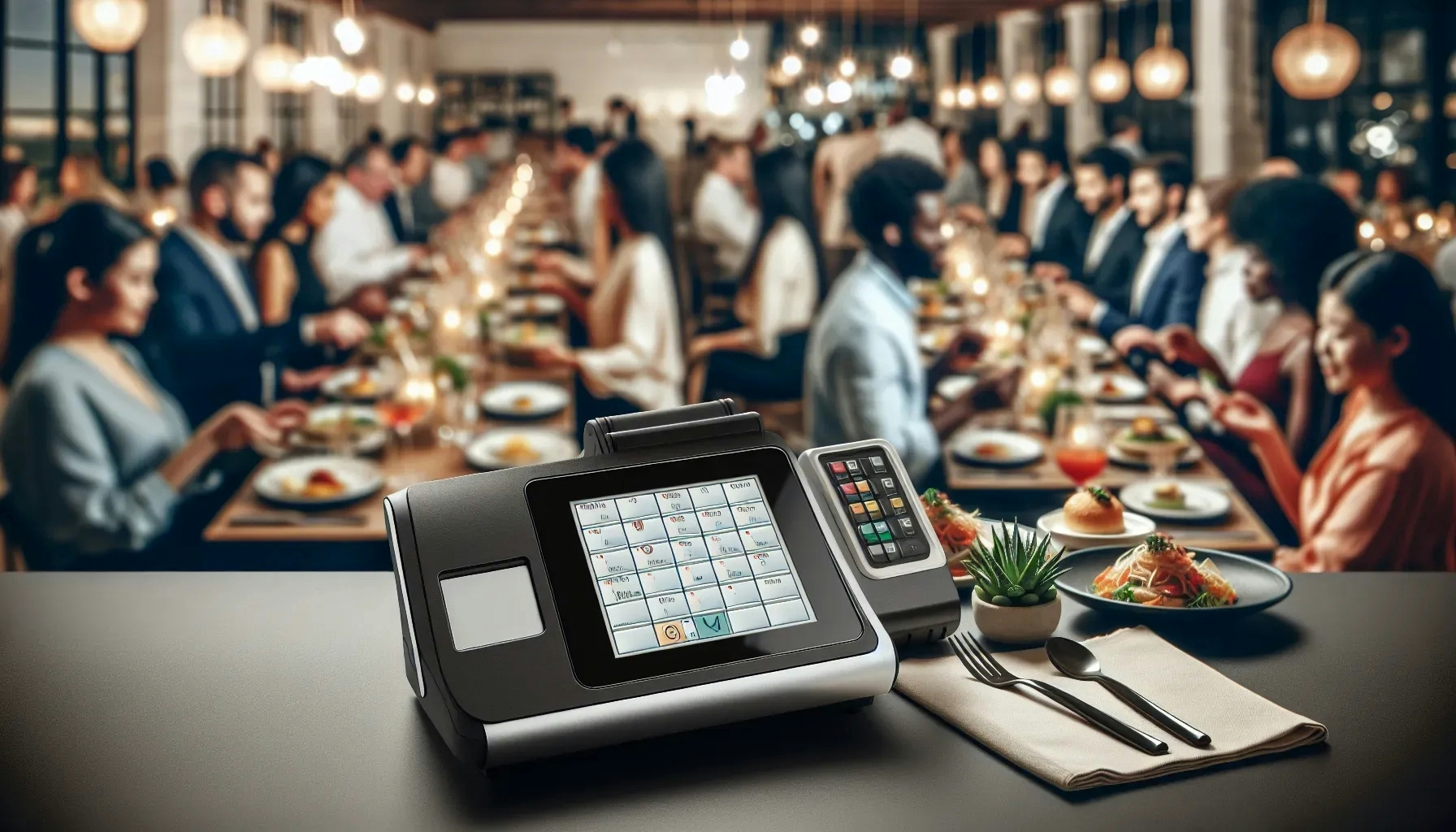Welcome to this comprehensive guide on maximizing restaurant profitability. In the fiercely competitive food industry, every restaurant owner seeks ways to increase their bottom line. This blog post will provide you with practical strategies to boost your restaurant's profitability without compromising the quality of your service or food.
Understanding Your Restaurant's Financial Health
To maximize your restaurant's profitability, you must first understand its financial health. This involves analyzing your income statement, balance sheet, and cash flow statement. These financial documents provide a clear picture of your restaurant's financial performance.
Your income statement, also known as the profit and loss statement, shows your restaurant's revenues, costs, and expenses over a specific period. It helps you understand where your money is coming from and where it's going.
The balance sheet, on the other hand, provides a snapshot of your restaurant's financial position at a specific point in time. It shows your assets, liabilities, and equity. Assets include cash, inventory, and equipment, while liabilities include loans and accounts payable. Equity represents the owner's investment in the business.
Lastly, the cash flow statement shows how changes in the balance sheet and income statement affect cash and cash equivalents. It reveals how your restaurant generates and uses cash for operating, investing, and financing activities.
By regularly reviewing these financial documents, you can identify trends, spot issues early, and make informed decisions to improve your restaurant's profitability.
Streamlining Operations for Efficiency
Efficiency is key to maximizing restaurant profitability. Streamlining your operations can help reduce waste, improve service speed, and enhance customer satisfaction.
Start by reviewing your menu. A well-designed menu can increase profits by highlighting high-margin items and promoting upselling. Consider removing low-performing dishes and focusing on your best sellers.
Next, look at your inventory management. Effective inventory management can reduce food waste and save money. Implement a first-in, first-out (FIFO) system to ensure older inventory gets used first. Regularly track and analyze your inventory to prevent overstocking or understocking.
Labor costs are another significant expense for restaurants. Optimize your staffing by scheduling based on demand. Use historical sales data to predict busy and slow periods and adjust your staffing accordingly.
Lastly, invest in technology. Restaurant management software can automate tasks, improve efficiency, and provide valuable insights. For example, a point of sale (POS) system can track sales, manage inventory, and analyze customer behavior.
Enhancing Customer Experience
A positive customer experience can lead to repeat business, positive reviews, and word-of-mouth referrals, all of which can boost your restaurant's profitability.
Firstly, train your staff to provide excellent service. This includes greeting customers warmly, being attentive to their needs, and handling complaints professionally.
Secondly, create a comfortable and inviting atmosphere. This involves everything from the restaurant's decor to the background music.
Thirdly, offer a unique and delicious menu. Use high-quality ingredients and offer a variety of dishes to cater to different tastes and dietary needs.
Lastly, leverage technology to enhance the customer experience. For example, online ordering and reservation systems can make it easier for customers to do business with you.
Implementing Effective Marketing Strategies
Marketing is crucial for attracting new customers and retaining existing ones. Implementing effective marketing strategies can significantly increase your restaurant's profitability.
Start by establishing a strong online presence. This includes having a professional website, being active on social media, and listing your restaurant on online directories and review sites.
Next, consider implementing a loyalty program. This can encourage repeat business and increase customer lifetime value.
Additionally, host events or partner with local businesses to increase your visibility in the community.
Lastly, track and measure the effectiveness of your marketing efforts. This will allow you to adjust your strategies and allocate your marketing budget more effectively.
Regularly Reviewing and Adjusting Your Pricing
Pricing plays a significant role in your restaurant's profitability. Regularly reviewing and adjusting your pricing can ensure you're covering your costs and achieving a healthy profit margin.
Start by understanding your food cost percentage, which is the cost of ingredients divided by the selling price. A common target for food cost percentage is 30-35%.
Next, consider your overhead costs, such as rent, utilities, and labor. These costs should be factored into your pricing.
Additionally, consider the perceived value of your dishes. Pricing should reflect the quality of your ingredients, the complexity of preparation, and the dining experience.
Lastly, regularly review your pricing and adjust as necessary. This could be due to changes in ingredient costs, competition, or customer demand.
Continually Innovating and Adapting
The restaurant industry is constantly evolving. To maximize profitability, you must continually innovate and adapt to changes in consumer behavior, technology, and market trends.
Stay informed about industry trends and incorporate them into your business where appropriate. This could include new food trends, dining experiences, or technology.
Regularly seek feedback from your customers and staff. They can provide valuable insights into areas for improvement or new opportunities.
Experiment with new ideas, but also be willing to let go of things that aren't working. This could involve trying new menu items, hosting events, or implementing new technology.
Lastly, be adaptable. The ability to quickly respond to changes can give you a competitive edge and help maximize your profitability.
Wrapping Up: The Path to Maximizing Restaurant Profitability
Maximizing restaurant profitability involves understanding your financial health, streamlining operations, enhancing customer experience, implementing effective marketing strategies, regularly reviewing pricing, and continually innovating. By applying these strategies, you can boost your bottom line and ensure the long-term success of your restaurant.
